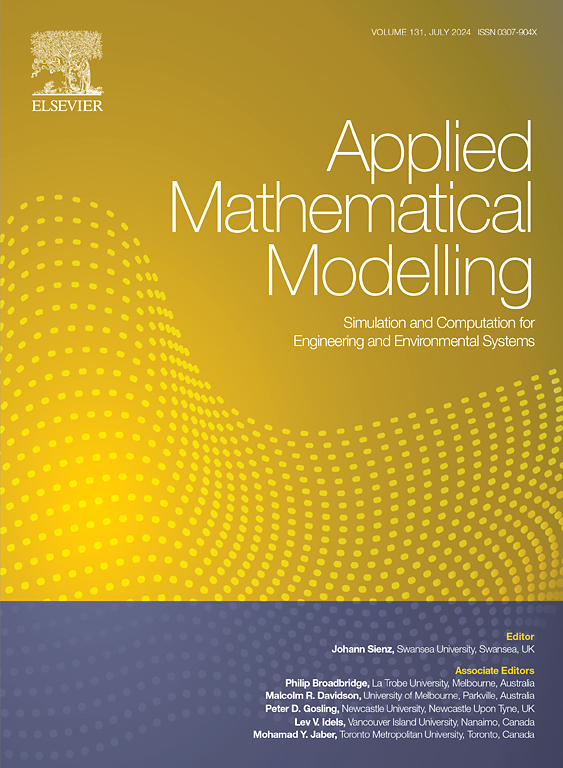Bayesian uncertainty analysis for underwater 3D reconstruction with neural radiance fields
IF 4.4
2区 工程技术
Q1 ENGINEERING, MULTIDISCIPLINARY
引用次数: 0
Abstract
Neural radiance fields (NeRFs) are a deep learning technique that generates novel views of 3D scenes from multi-view images. As an extension of NeRFs, SeaThru-NeRF mitigates the effects of scattering media on the structural appearance and geometric information. However, like most deep learning models, SeaThru-NeRF has inherent uncertainty in its predictions and produces artifacts in the rendering results, which limits its practical deployment in underwater unmanned autonomous navigation. To address this issue, we introduce a spatial perturbation field based on Bayes' rays into SeaThru-NeRF and perform Laplace approximation to obtain Gaussian distribution of the parameters, so that the uncertainty at each spatial location can be evaluated. Additionally, because artifacts inherently correspond to regions of high uncertainty, we remove them by thresholding based on our uncertainty field. Numerical experiments are provided to demonstrate the effectiveness of this approach.
利用神经辐射场进行水下 3D 重建的贝叶斯不确定性分析
神经辐射场(NeRFs)是一种深度学习技术,可从多视角图像生成新颖的三维场景视图。作为 NeRFs 的扩展,SeaThru-NeRF 可减轻散射介质对结构外观和几何信息的影响。然而,与大多数深度学习模型一样,SeaThru-NeRF 的预测具有固有的不确定性,并且会在渲染结果中产生伪影,这限制了其在水下无人自主导航中的实际应用。为了解决这个问题,我们在 SeaThru-NeRF 中引入了基于贝叶斯射线的空间扰动场,并进行拉普拉斯近似以获得参数的高斯分布,从而可以评估每个空间位置的不确定性。此外,由于伪影本质上对应于高不确定性区域,我们根据不确定性场通过阈值去除伪影。数值实验证明了这种方法的有效性。
本文章由计算机程序翻译,如有差异,请以英文原文为准。
求助全文
约1分钟内获得全文
求助全文
来源期刊

Applied Mathematical Modelling
数学-工程:综合
CiteScore
9.80
自引率
8.00%
发文量
508
审稿时长
43 days
期刊介绍:
Applied Mathematical Modelling focuses on research related to the mathematical modelling of engineering and environmental processes, manufacturing, and industrial systems. A significant emerging area of research activity involves multiphysics processes, and contributions in this area are particularly encouraged.
This influential publication covers a wide spectrum of subjects including heat transfer, fluid mechanics, CFD, and transport phenomena; solid mechanics and mechanics of metals; electromagnets and MHD; reliability modelling and system optimization; finite volume, finite element, and boundary element procedures; modelling of inventory, industrial, manufacturing and logistics systems for viable decision making; civil engineering systems and structures; mineral and energy resources; relevant software engineering issues associated with CAD and CAE; and materials and metallurgical engineering.
Applied Mathematical Modelling is primarily interested in papers developing increased insights into real-world problems through novel mathematical modelling, novel applications or a combination of these. Papers employing existing numerical techniques must demonstrate sufficient novelty in the solution of practical problems. Papers on fuzzy logic in decision-making or purely financial mathematics are normally not considered. Research on fractional differential equations, bifurcation, and numerical methods needs to include practical examples. Population dynamics must solve realistic scenarios. Papers in the area of logistics and business modelling should demonstrate meaningful managerial insight. Submissions with no real-world application will not be considered.
 求助内容:
求助内容: 应助结果提醒方式:
应助结果提醒方式:


